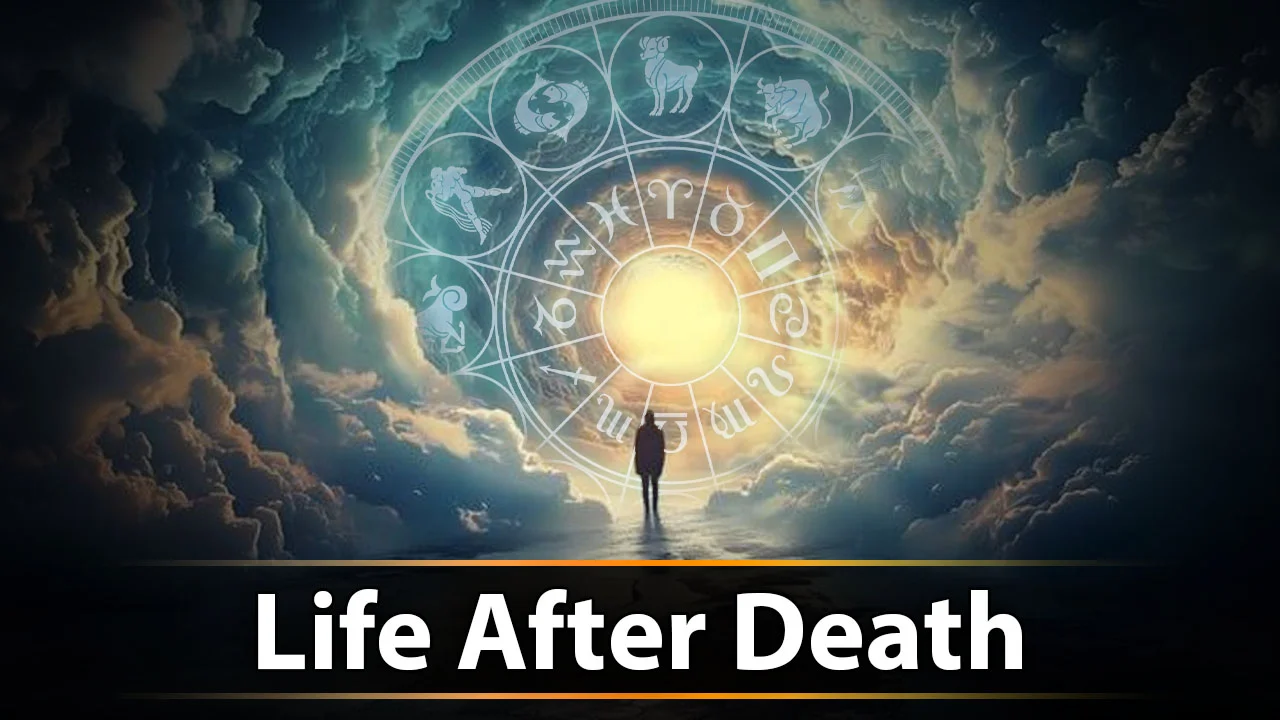
when Horror Yearbook – Life After Death has fascinated humanity for thousands of years, inspiring myths, spiritual beliefs, and modern scientific research. Across cultures and centuries people have wondered whether existence truly ends when the body fails. Recent conversations between Chris Langan, an American thinker with an IQ estimated between 190 and 210, and podcast host Curt Jaimungal have reignited this debate. Langan proposes that death is not a final stop but a transition to another dimension of reality. His Cognitive Theoretic Model of the Universe, or CTMU, attempts to unite mathematics and metaphysics to explain consciousness, the cosmos, and the possibility of survival beyond physical life. This bold framework challenges conventional science while echoing ancient philosophical ideas about the persistence of mind after bodily decay.
During a detailed interview Langan described Life After Death as a shift in what he calls the syntax of existence. He argues that consciousness detaches from the physical body and migrates to a higher dimensional realm. In his view death only ends the relationship with a particular physical form while awareness continues in a different state. Langan suggests that individuals may receive a substitute body suitable for this new dimension though memories of earthly life could fade. His CTMU blends mathematical logic with metaphysical reasoning in an effort to map reality itself. By proposing that consciousness is woven into the structure of the universe Langan invites listeners to imagine death not as destruction but as transformation.
Supporting the discussion of Life After Death are surprising neurological discoveries. A 2014 study led by Professor Jimo Borjigin at the University of Michigan recorded dramatic spikes in gamma brain waves after a patient’s heart stopped. These waves, linked to memory and heightened awareness, surged to levels more than ten times normal for several minutes. Researchers also detected increased synchronization across different brain regions suggesting an intense burst of conscious processing. Similar patterns appear in reports of near death experiences where people describe vivid lights, life reviews, or sensations of leaving the body. Scientists believe that reduced oxygen and sudden electrical surges could produce these perceptions even as vital signs cease. These findings complicate traditional definitions of death and hint at cognitive processes that outlast cardiac arrest.
“Read more: Famous for His Rage, Chef Juna Reveals He Has OCD – Here’s What It Really Means”
Reports of near death experiences continue to intrigue doctors and philosophers. People revived from cardiac arrest often recount traveling through tunnels of light or meeting deceased relatives. Modern neuroscience links these sensations to the extraordinary electrical activity observed in the dying brain. Such evidence forces medicine to reconsider when death actually occurs. If the brain remains active and consciousness persists briefly after the heart stops then the line between life and death becomes less clear. Yale researchers in 2019 even revived certain pig brain cells hours after death raising new questions about the potential for resuscitation and the ethics of extending life. These revelations encourage deeper exploration of consciousness and demand updates to clinical protocols for end of life care.
The convergence of speculative theory and scientific discovery reshapes humanity’s understanding of mortality. Life After Death discussions now draw on mathematics, physics, and neuroscience rather than solely on religion or folklore. Medical teams must consider whether residual awareness exists during clinical death and how to respect patient autonomy in such uncertain territory. Philosophers debate whether consciousness arises from physical processes or represents a fundamental property of the universe as Langan suggests. Breakthroughs in brain research could inspire therapies for neurodegenerative diseases while also challenging cultural norms about dying. As technology advances the boundary between life and death will continue to blur prompting society to rethink not only medical practice but also the meaning of existence itself.
This article is sourced from nationalgeographic.grid.id and for more details you can read at horroryearbook
Writer: Sarah Azhari
Editor: Anisa